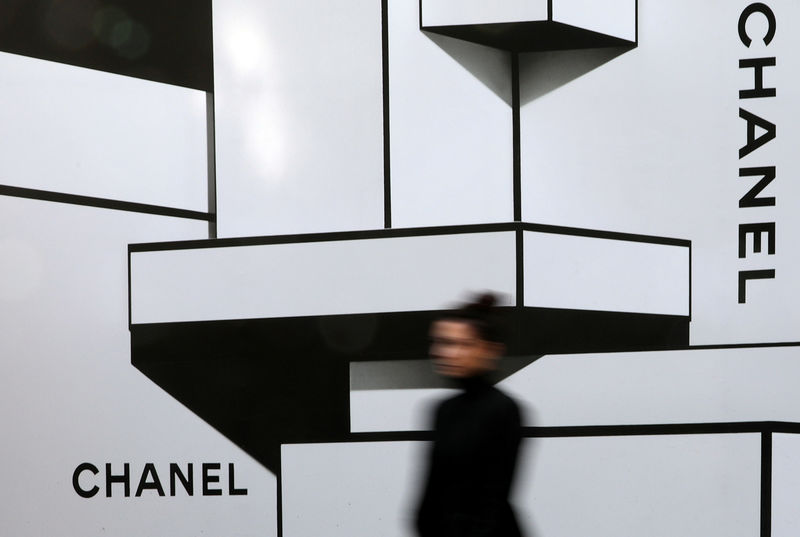United Homes Group stock plunges after Nikki Haley, directors resign
Investing.com -- Luxury brands have rolled out a fresh round of price increases in recent weeks, primarily in response to rising tariffs.
The hikes have been concentrated in the U.S., averaging mid-single digits, though several brands have extended them to other regions with low-single-digit increases on a global basis.
According to J.P. Morgan analyst Chiara Battistini, the current level of price adjustments should be sufficient to offset tariff-related headwinds at the EBIT margin level for most companies.
Still, she cautions that the impact on demand could become more apparent, noting that “luxury consumers were already showing pricing fatigue, with volumes tracking negative for the vast majority of the sector.”
Interestingly, brands undergoing strategic turnarounds appear to be holding off. Gucci and Ferragamo have not yet implemented any hikes, with the latter expected to take action later this year. Battistini views this as a sign of caution amid weaker brand momentum.
Meanwhile, hard luxury has moved ahead with price increases roughly in line with the sector. Battistini sees these as more sustainable, arguing that rising precious metal costs may actually strengthen the value-for-money perception compared to soft luxury items.
Luxury brands are working harder to justify their pricing to consumers as profits come under pressure despite continued price increases.
According to Bain, the personal luxury goods market grew to €363 billion (roughly $415 billion) in 2024, up from €223 billion ($242 billion) a decade earlier. But the sector is now facing one of its slowest growth periods in years.
During the pandemic, brands raised prices amid a surge in demand fueled by increased savings and government stimulus. Since then, the cost of luxury goods in Europe has climbed by more than 50% compared to 2019 levels, based on data from HSBC.
